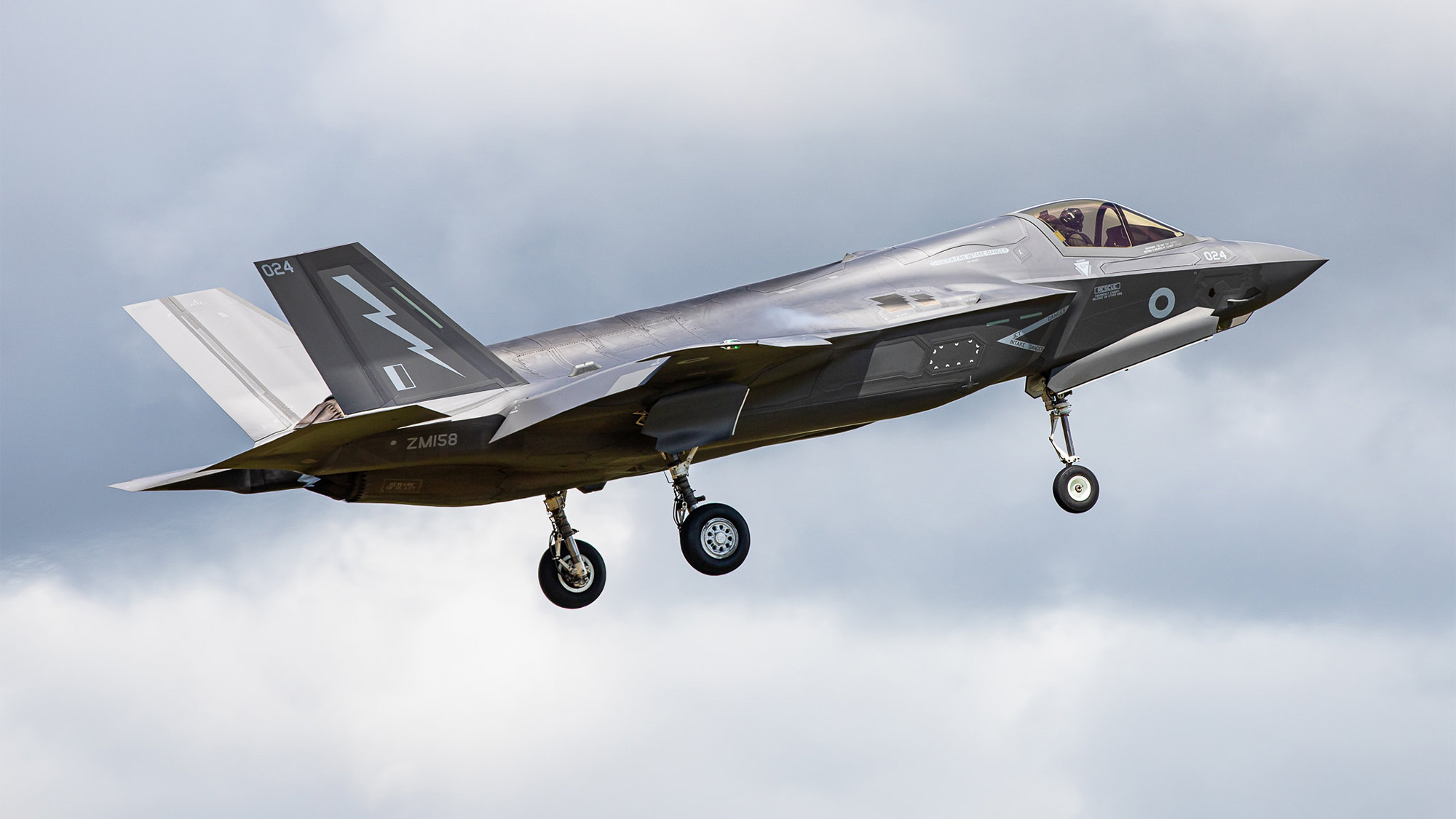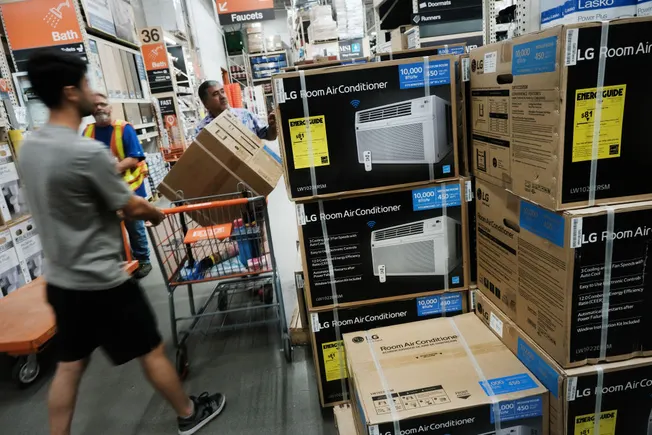Accounting change, higher labor costs drive $3.3B Postal Service loss
The U.S. Postal Service continues to face challenges erasing its losses. The post Accounting change, higher labor costs drive $3.3B Postal Service loss appeared first on FreightWaves.

U.S. Postal Service results took a turn for the worse in the second quarter, with net loss more than doubling to $3.3 billion from $1.5 billion year over year, primarily due to accounting adjustments for mandated workforce benefits. The negative growth comes on the heels of a rare profit in the first quarter.
The adjusted loss, which excludes nonoperating expenses the agency can’t control, also more than doubled to $848 million from $317 million for the same quarter last year. In the first quarter, the Postal Service had controllable income of $968 million.
The bottom line was hurt by noncash worker’s compensation adjustments of $1.2 billion due to an actuarial revaluation and changes to the discount rate – the percentage used to calculate the present value of future payments – as well as increased compensation and benefits of $449 million, and higher operating expenses of $124 million. The cost increases were partially offset by lower transportation expenses of $116 million, a byproduct of a 10-year strategic efficiency plan begun in 2021. The Postal Service also saved 10 million work hours in the quarter.
The national mail operator previously projected a $6.9 billion net loss for fiscal year 2025, down from $9.5 billion last year.
Postal Service leadership has previously complained that the Office of Personnel Management makes actuarial mistakes that drive up the cost of pension liabilities.
Total operating revenue was $19.7 billion for the quarter, essentially flat year over year. First-class mail revenue increased 1% to $6.65 billion, on a volume decline of 680 million pieces, or 5.8%, with strategic price increases offsetting the declining volume impact.
Shipping and packages revenue increased 0.7% to $7.77 billion on a volume decline of 118 million pieces, or 6.9%. Marketing mail revenue slipped 1.4% as volume declined by 787 million pieces, or 5.7%.
The 2025 financial plan also projects total mail and package volume of 106.7 billion pieces, a decline of 5.7 billion pieces (5.1%) from 2024, primarily due to projected declines in first-class mail and marketing mail volume. Revenue is projected to be $82.9 billion, up $2.4 billion from 2024.
“As we mark 250 years of service to the nation, our organization continues to face economic headwinds. We are working diligently to control costs, increase revenues, and transform and modernize our infrastructure,” said acting Postmaster General Douglas Tulino. “At the same time, we are seeing strong market acceptance of shipping products like USPS Ground Advantage and adopting an increasingly competitive posture across our product portfolio. We are also encouraged that the increasing efficiencies of our processing, logistics and delivery network are showing steady progress in reducing our relative cost as we serve the nation and American commerce.”
The marquee product, UPS Ground Advantage, introduced two years ago, is an economical service for shipping packages up to 70 pounds in two to five business days. It replaced several other parcel delivery products. Ground Advantage volumes grew 16% last year, led by heavyweight shipments, and 22.6% in the first quarter versus the same period in 2024.
On Friday, the U.S. Postal Service board of governors named former Waste Management CEO and current FedEx board member David Steiner as the next postmaster general, effective sometime in July.
Click here for more FreightWaves/American Shipper stories by Eric Kulisch.
Write to Eric Kulisch at ekulisch@freightwaves.com.
RELATED STORIES:
Postal Service board names FedEx official as CEO before vetting complete
US Postal Service invites DOGE to fix structural problems
The post Accounting change, higher labor costs drive $3.3B Postal Service loss appeared first on FreightWaves.

















































































































































